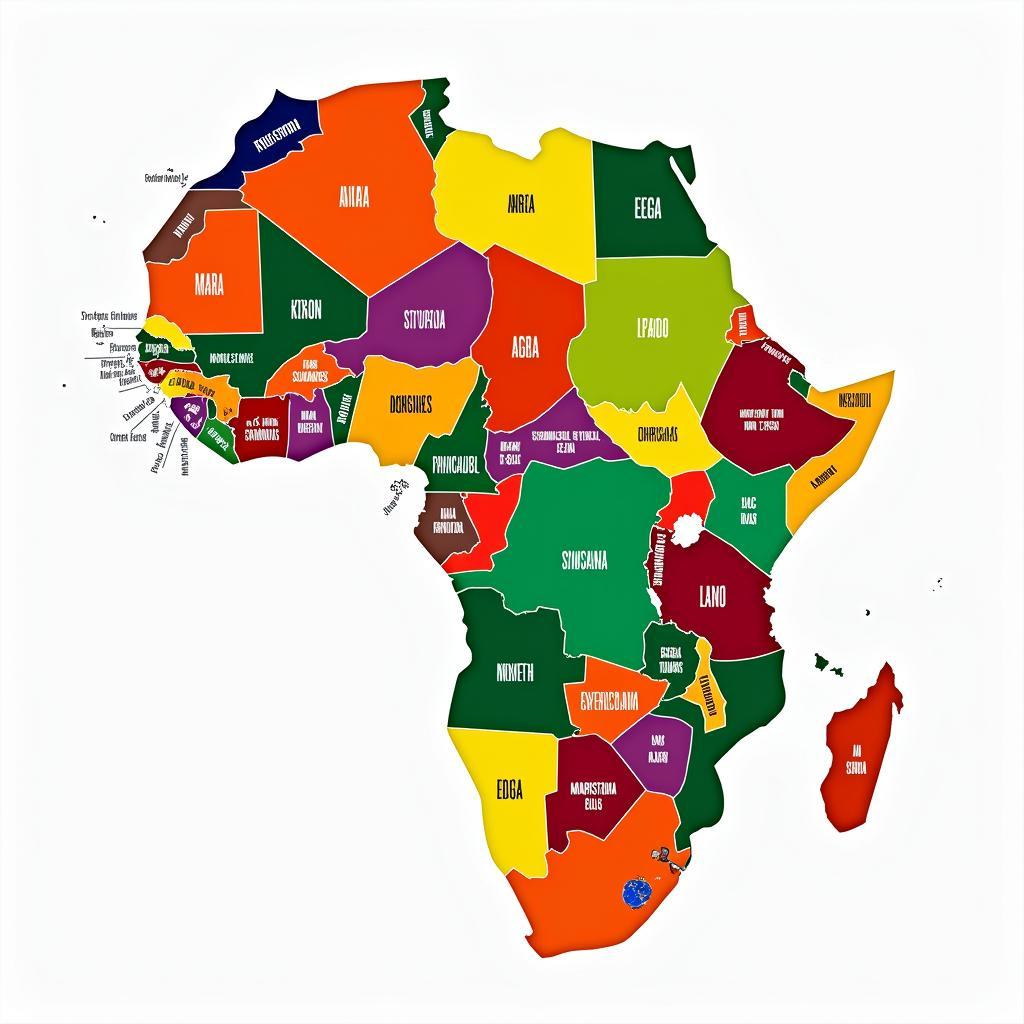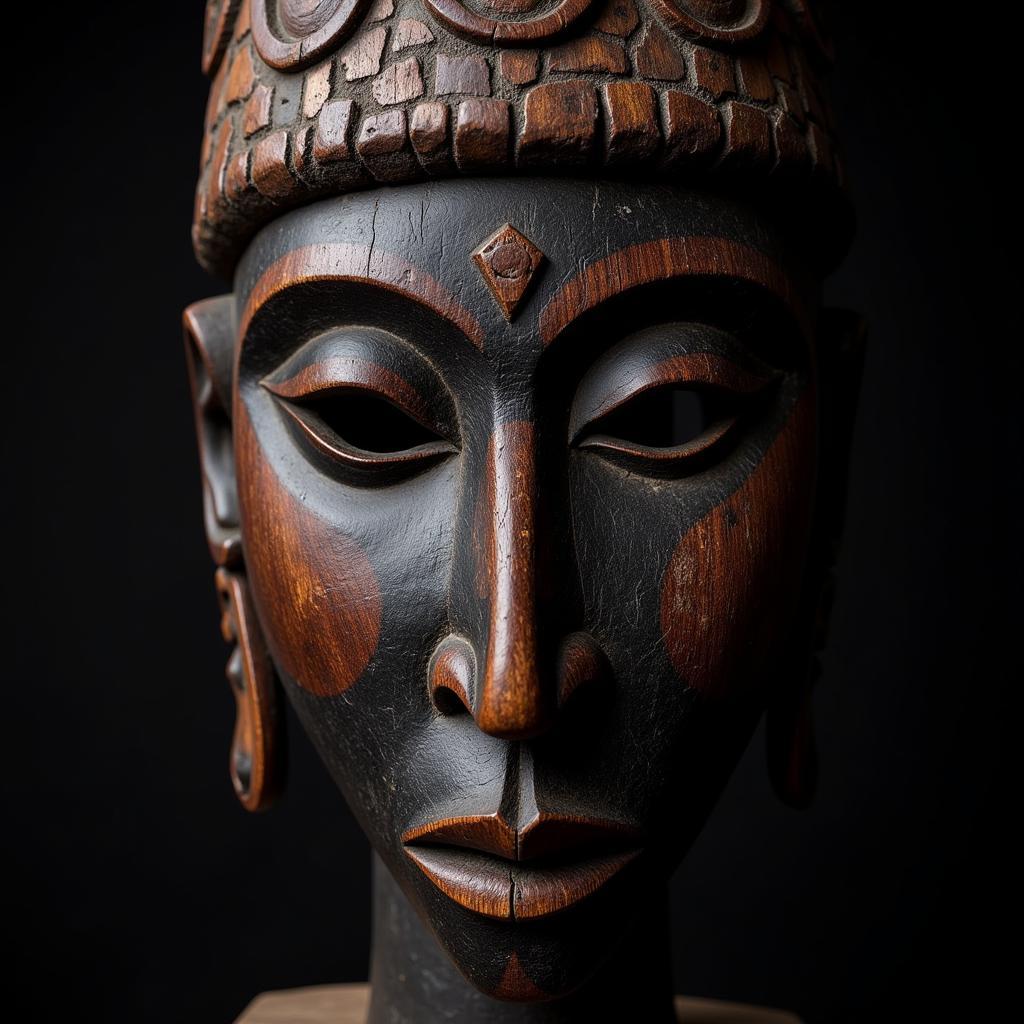Exploring the Diversity of African Body Types
African Body Types, much like the continent itself, are incredibly diverse. From the long limbs of the Maasai to the sturdy builds of the Bantu, the people of Africa showcase a wide range of physical characteristics. This diversity debunks any notion of a singular “African body type,” highlighting the unique beauty and variation found within the continent’s many ethnic groups and cultures.
Factors Contributing to the Variety of African Body Types
Several factors contribute to the diversity of African body types. Genetics play a significant role, as different ethnic groups across Africa have unique genetic ancestries and lineages. Environmental factors like climate and diet also influence body composition and physique. Additionally, cultural practices, including traditional occupations and aesthetic preferences, have shaped how bodies have developed over generations.
Genetics and Ancestry
Africa is considered the cradle of humanity, with the oldest human fossils found on the continent. This rich and ancient history has led to significant genetic diversity. Over millennia, different populations migrated within Africa, intermingling and evolving distinct genetic markers that influence physical characteristics, including body type. For example, the African American male body types reflect this diverse heritage, showcasing a spectrum of builds influenced by their African ancestry.
 Map of African Ethnicities
Map of African Ethnicities
Environmental Influences
The diverse environments of Africa, from deserts to rainforests to savannahs, have also played a role in shaping body types. Climate, for instance, can impact body composition. Populations living in hotter climates often have longer limbs and leaner builds to help dissipate heat, while those in colder regions might have stockier physiques to conserve warmth.
Diet is another significant environmental factor. Traditional diets across Africa vary greatly depending on local resources, which has led to variations in body size and composition over time. For example, pastoralist communities reliant on dairy products might have different body types compared to agricultural communities whose diets are primarily plant-based.
 African Food Market
African Food Market
Cultural Practices and Aesthetics
Cultural practices and aesthetic values also influence body image and perceptions within various African societies. Traditional dances and occupations often require specific physical attributes, which can contribute to distinct body types developing within certain communities.
Moreover, ideas of beauty and attractiveness vary widely across cultures. While some African cultures may prize a fuller figure as a sign of health and prosperity, others may associate a leaner physique with agility and strength. These culturally-influenced perceptions can shape body ideals and influence lifestyle choices related to diet and exercise.
Challenging Stereotypes and Celebrating Diversity
It’s crucial to challenge the misconception of a single, monolithic “African body type.” The diversity of physiques across the continent reflects the richness of its people, cultures, and history. Recognizing and appreciating this diversity challenges harmful stereotypes and promotes a more inclusive and nuanced understanding of African beauty.
Body Image in a Globalized World
In a globalized world increasingly influenced by Western media and beauty standards, it’s important to celebrate the diversity of African body types. Platforms showcasing the beauty of African beautiful babes and celebrating diverse representations of African bodies are essential in promoting body positivity and challenging narrow definitions of beauty.
 African Fashion Show
African Fashion Show
Conclusion
Understanding the diverse factors that contribute to African body types—from genetics and environment to cultural practices—enables a richer appreciation for the uniqueness of each individual. By celebrating this diversity, we challenge stereotypes and embrace the multitude of ways beauty is expressed across the African continent.
